An Old Time Approach to Granada Gold
By most production standards, it’s not a large mining property. Located 5km south of Rouyn-Noranda in northwestern Quebec, the two kilometer structure at Granada Gold Mine hasn’t delivered any meaningful amount of gold since the mid-1930s when just over 51,000 ounces were hewed from its flanks.
So why is junior mining company Gold Bullion Development Corporation so interested now?
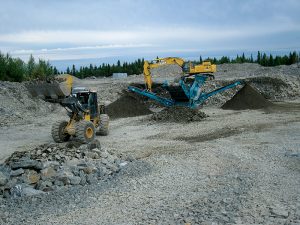
The simple approach at the Granada gold project.
Simple, answers Gold Bullion’s President and CEO Frank Basa; Granada fits the company’s operational profile: “We only do what we call “one-step” projects; they’ve got to be really, really simple; otherwise we won’t get involved.” Second is what Basa and his colleagues discovered when they first arrived at the mine site in 2006: 20,000 metres of drilling, two viable shafts, underground workings and two large bulk samples already completed.
“We looked at all the old drawings and saw that there was still blocked-out ore that hasn’t been mined. Historically, this was 9 g/t to 12 g/t which is quite high grade even by today’s standards.”
Basa had his one-step project. The metallurgy was simple. The geology was simple. And the scale was there. By his own admission, an “old-school” miner, Basa’s next step was to perform his own 140,000 tonne bulk sample, “and sure enough,” he says, “the gold was better than we thought.” 30,000 tonnes of the sample were processed using an on-site mill, yielding an average gold grade of 1.62 g/t with a 90-per cent rate gold recovery. Beamed Basa, “It looks good.”
Getting that reserve right the first time
Brent Cook is a senior geologist and independent exploration analyst who’s familiar with the Granada mine, and who agrees with Basa’s assessment.
“That’s the grade they got and they got decent recovery.” Also, the gold mineralization is hosted by east-west trending smoky grey, fractured quartz veins and stringers with free gold occurring at vein margins or within fractures of the quartz veins or sulphides, another positive,” he says. “When you grind it up the gold comes out. I assume they’ll use gravity and a cyanide leach.”
Cook offers one caveat, however. Reserve estimates are tricky; get one wrong and it can haunt you. Cook cites a report prepared by mining consultant Roscoe Postle Associates Inc. in Toronto which showed that of the 76 mining companies that failed over a 10-year period, 70 per cent of that was due to resource estimation errors.
Why that is of particular importance at the Granada mine, Basa acknowledges, is the Granada property’s highly variable, nuggety deposit. “That’s why we’ve got to mine this open pit instead of underground because you cannot follow a vein on surface. So we’re trying to bulk this up.”
Mining in bulk helps to recover small, irregular veins that can’t be recovered individually.
But mining in bulk won’t be a cakewalk. According to a prefeasibility study and technical report prepared by SGS Canada Inc., proven and probable ore reserves at Granada total 569,000 tonnes. To get to that, the company must strip 840,000 tonnes of overburden and a whopping 8.44 million tonnes of waste rock for a ratio of 15.7 in Year 1, 18.7 in Year 2, and 13.2 in Year 3. “That’s huge,” said Cook. “And the deeper you go the harder it gets.”
“Ore makes money. Waste loses money,” Cook acknowledged again. Where that matters is if the company puts itself up for sale, something Basa says he’ll entertain. With its market value capped at $35 million and a net current value for its high grade resource at $21.6 million over three years, buyers may be far and few between, Cook also points out. He believes the company may be betting on mining the much larger, remaining resource.
“But I must point out that the rest of the resource is half the grade (2.2 g/t) of the one they’re doing in the prefeasibility study (4.24 g/t). “Not at this mine,” answers Basa. “In fact the grade increases with depth.” He estimates an underground grade of three to four grams, good news “because with two grams underground you can make money now. Everything looks positive.”
“You drill for structure, mine for grade…”
Basa acknowledges a structure of between 42 and 70 per cent nuggety gold at Granada. No way you can quantify that with a two or three inch diamond drill core, he says. Even the 90,000 meters of drilling his crews performed “don’t truly reflect what’s going to be there. That’s why we did this bulk sample of nine million tonnes.”
Gold Bullion will stockpile the low grade and high grade ore, moving 600,000 tonnes of the high grade for custom milling at Iamgold’s Westwood mill at Abitibi and the remaining low grade of 1.4 million tonnes to another local mill.
As for those enormous strip ratios, Basa says that’s just at the beginning. “We’ll be taking out a lot of rock when we first start, but as we go lower you’ll see that strip ratio come down to zero.” Basa also places part of the blame for the amount of rock that must be mined on Quebec’s mines ministry. “We spent months doing tests for noise.” Once the ministry had determined noise buffering was needed, Basa wasn’t about to build sounds walls with ore.
“So we had to blast a lot of rock to build these huge, huge sounds walls, which was kind of silly. The nearest house is three quarters of a kilometer away, through dense evergreen forest.”
Gold Bullion’s decision to ship out the ore for processing at Iamgold instead of building its own mill was an easy one, says Basa. “To build our own mill on site would cost $280 million. Why spend money building a mill when there are eight mills within a hundred kilometers in our area.” Many of those mills are short of rock to mill, he adds. His goal: to build long-term relationships beyond Iamgold to include other mills such as those at Northern Sun and Kirkland Gold.
Gold Bullion’s frugality extends to its equipment fleet at Granada. “We looked at getting our own fleet,” says Basa, “but you go out and get your own equipment and it’s about $4 million or so.” After working out unit cost per tonne, Basa approached local equipment companies and secured lease and maintenance agreements to break up and truck the rock.
“Contractors sit around all winter and would rather work their equipment; we get a great rate, they’re happy and the rock all gets removed, shipped and the ore stockpiled at somebody’s mill site. Boom! You’re done.”
A conventional drill and blast, load and haul cycle operation Granada will rely on a fleet of hydraulic excavators with a 5 tonnes bucket capacity (Volvo 460, Cat 336), up to seven 35 tonne Volvo A35 off-road trucks, a Cat 980H wheel loader and D6 dozer, all supported by auxiliary equipment.
Basa also places a premium for an operation of this size and comparatively short mine life on low cost surface structure. Hence, the inexpensive trailer offices steel cladding and roofing building for sanitary facilities, and mine dry, first aid facilities, small repair shop and secondary warehouse.
Gravel roads will be built on site using waste rock, with rail transportation available and an airport located 13km in a straight line from the old pit.
All that and more may be needed if, as Basa and his colleagues at Gold Bullion believe, the property has more life beyond Year 3. That will be made possible by additional space for staff quarters, existing tailings storage areas, potential waste disposal areas, heap leach pad areas, and a potential processing plant site. It’s all there, according to the SGS report.
Go on…make me an offer I can’t refuse…
So how confident is Basa about Granada’s more immediate prospects? Plenty. Give us the next three years and we’ll turn this two kilometer combination open pit and underground op into five million ounces of gold, he says.
But it may not end there. The company still has 13 additional kilometers to examine, notably “really high grade” gold east in the Aukeko vein zone.
Just as it did at Granada, Basa will rip a page from the old time miner’s book: Go to the places they went and “not waste any time just drilling around thinking they might make some money.”
All of this seems to be in service of generating offers in the company from those already focused on gold mineralization in the Cadillac Trend.
Gold Bullion has yet to boost its market cap to an earlier high of $121 million, the result, Basa says, of an aggressive marketing plan. Again, simple geology and metallurgy supported by numerous mills, existing truck and rail facilities are central parts of its impending marketing plan for what remains behind.
“At the end of the day there will be at least 4.2 million ounces left behind. I think someone will seriously knock on our door.”
In fact, Basa sees that figure rising to more than five million ounces. “Will we exceed 10 million? Not certain. But there aren’t very many fi e million ounce deposits on the Cadillac trend.”
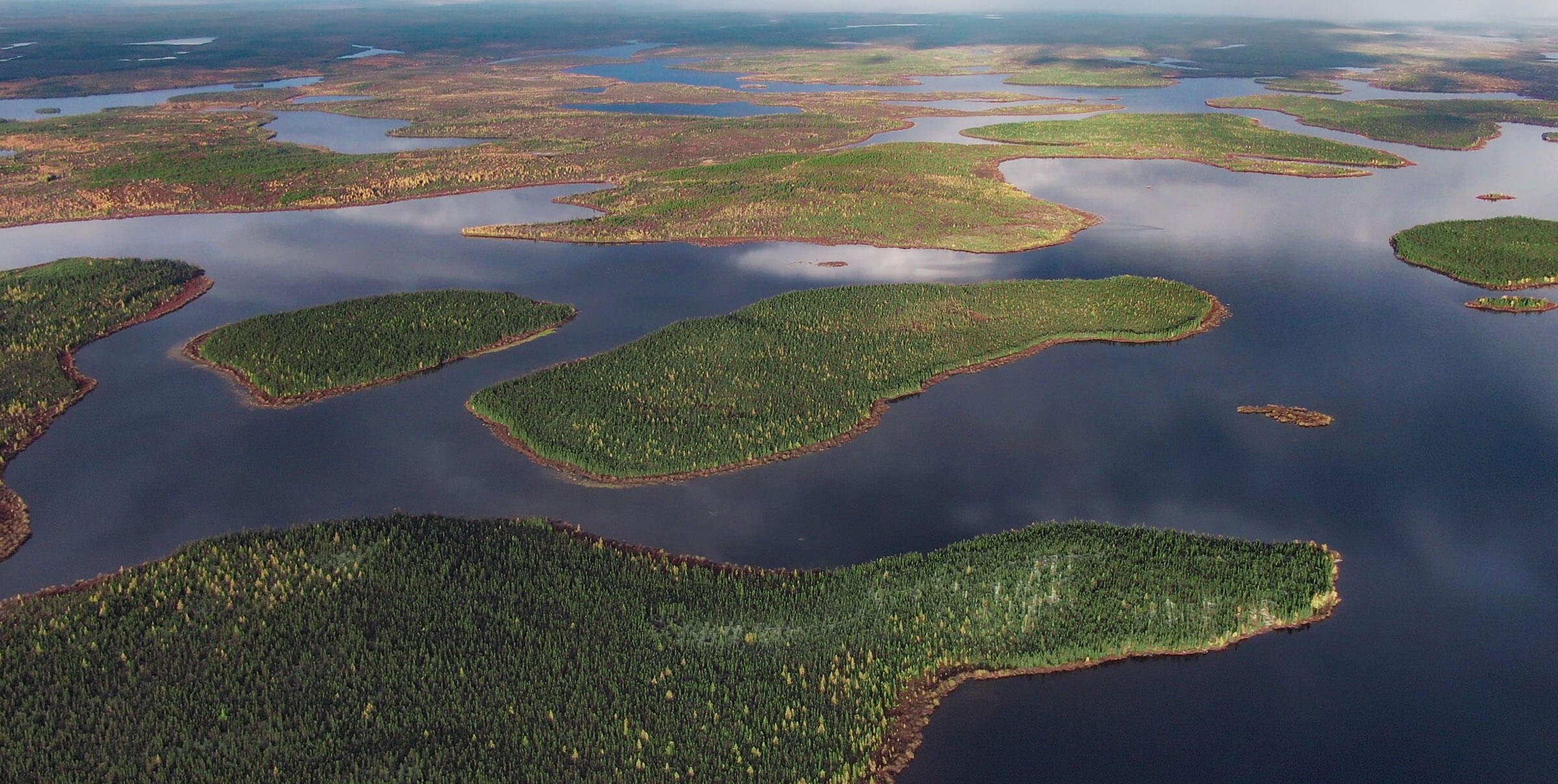
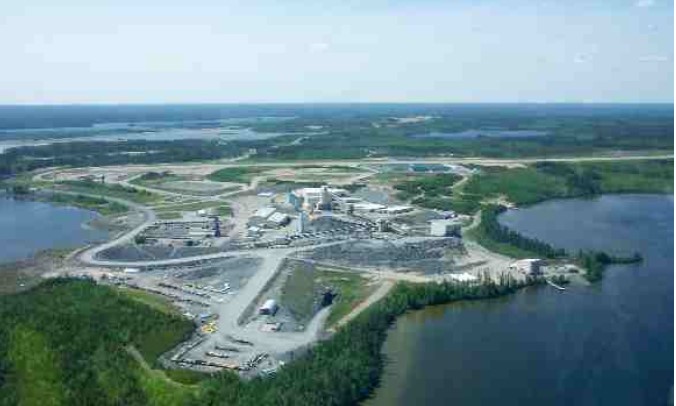
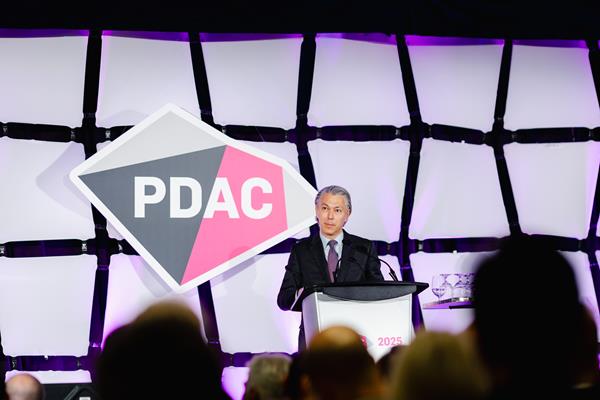
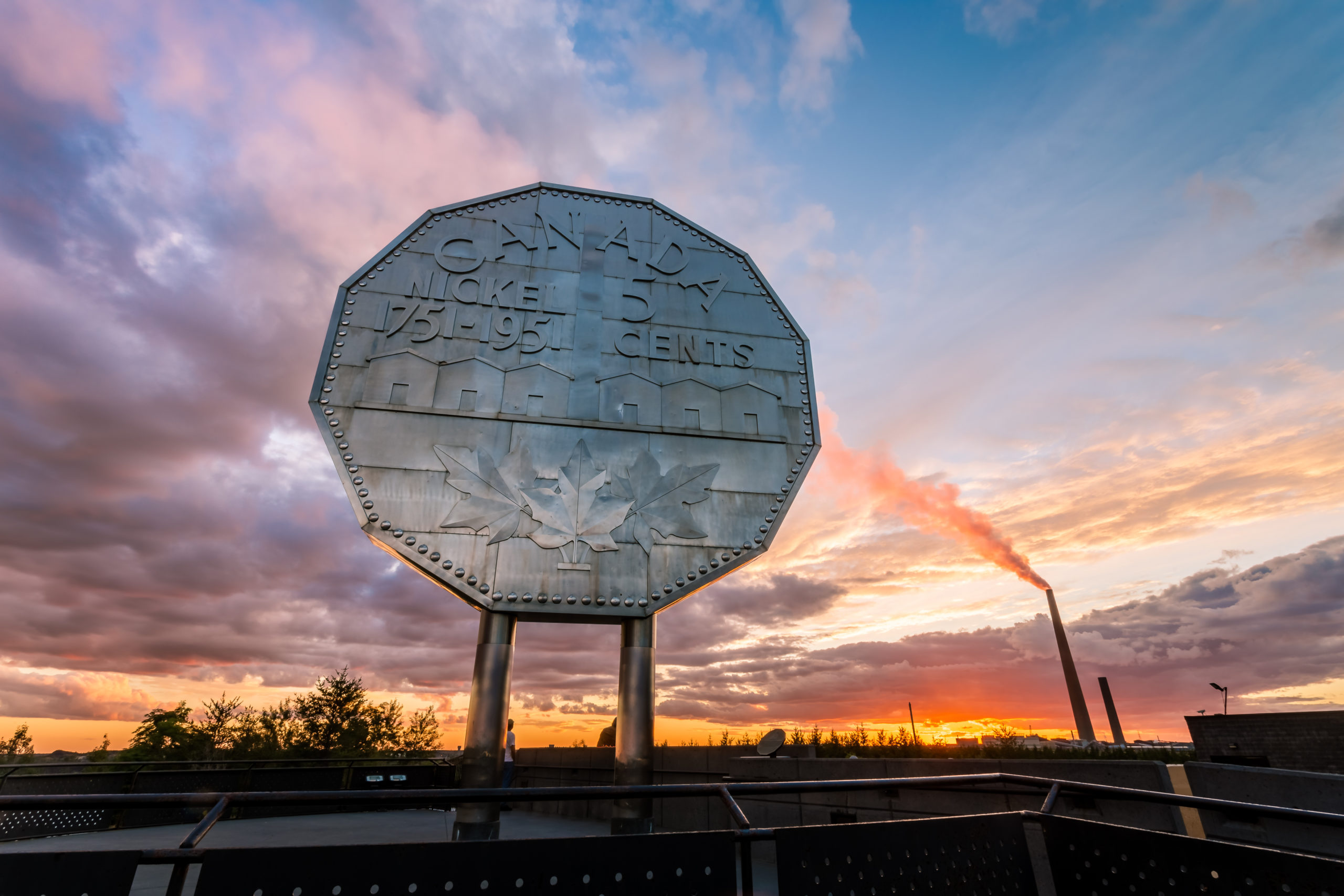
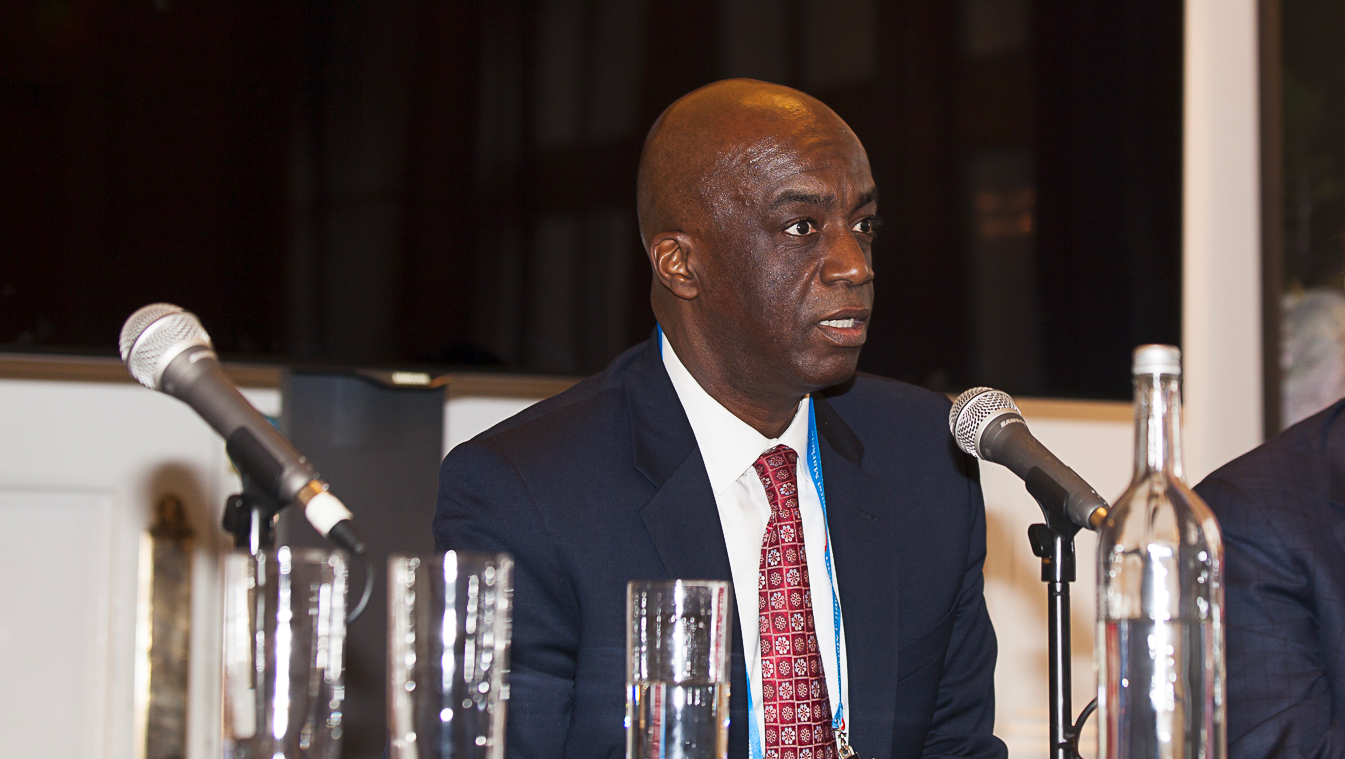
Comments